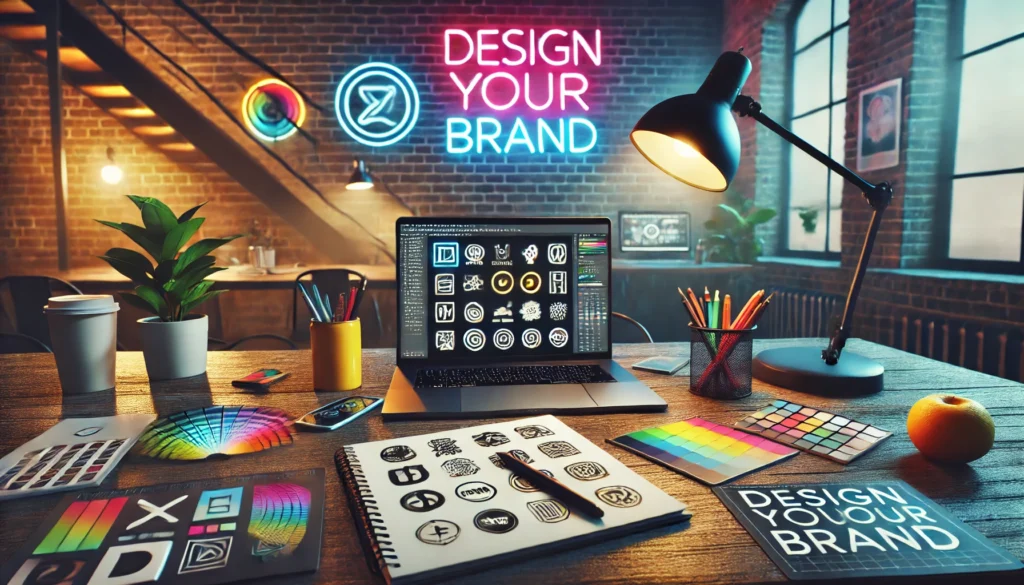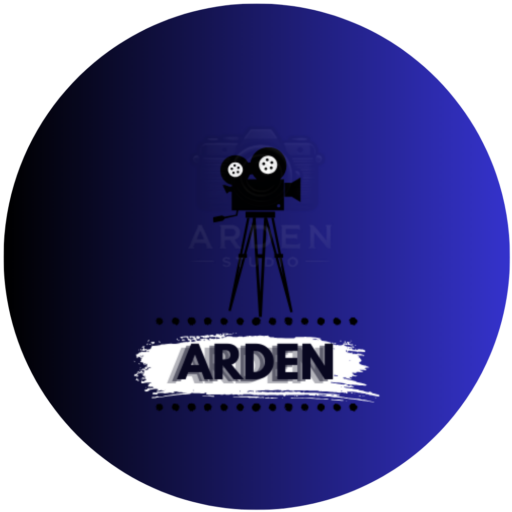The Art and Science of Logo Design: A Fun, No-Nonsense Guide

Why Logos Matter (More Than You Think)
Logos are like first impressions—you only get one shot, so make it count! A great logo isn’t just a pretty picture; it’s your brand’s handshake, your visual reputation, and sometimes, the difference between someone choosing you over your competition. No pressure, right?
Typography: More Than Just Fancy Letters
Fonts aren’t just about looking cool. The right font can make you seem trustworthy, bold, playful, or sophisticated. The wrong font? Well, let’s just say Comic Sans won’t do you any favors (unless you’re running a kindergarten).
How to Pick the Right Font for Your Logo:
- Brand Personality: Tech company? Go for sleek sans-serif. Luxury brand? Try elegant serifs. Selling homemade jam? Maybe a cozy handwritten script.
- Readability: If people need a magnifying glass, you’ve already lost them.
- Uniqueness: Ever noticed how Coca-Cola’s script is unmistakable? A custom or modified font helps you stand out.
Thinking Outside the Logo Box
A good logo isn’t just a name with a cool font—it tells a story. The best logos sneak in clever design tricks that make people say, “Ohhh, I see what they did there!”
Creative Logo Design Techniques:
- Negative Space Magic: FedEx hides an arrow between “E” and “x.” Can you add a sneaky visual trick?
- Minimalism: Simple = timeless. Apple didn’t slap a whole orchard on their logo, and they’re doing just fine.
- Geometric Shapes: Stability, balance, and visual appeal. Adidas’ stripes and Nike’s swoosh work for a reason.
- Hand-Drawn Elements: Adds personality and authenticity. Works great for brands that want a personal touch.
- Mascots and Icons: Twitter’s bird, KFC’s Colonel, and the Michelin Man prove that a good mascot can become an icon.
A Step-by-Step Guide to Designing a Logo
Step 1: Define Your Brand Identity
Before sketching anything, ask yourself:
- What does my brand stand for?
- Who’s my audience?
- How do I want people to feel when they see my logo?
Step 2: Research and Get Inspired
Look at competitors, design platforms (Behance, Dribbble), and even nature or architecture. Just don’t copy—because lawsuits aren’t fun.
Step 3: Sketch Like a Mad Genius
Grab a pen and start doodling. No need for perfection—just get ideas out of your head and onto paper.
Step 4: Choose Your Font Wisely
Here’s a quick cheat sheet:
- Serif Fonts: Classic, trustworthy (Think: Garamond, Baskerville)
- Sans-Serif Fonts: Clean, modern (Think: Helvetica, Futura)
- Script Fonts: Fancy, personal (Think: Pacifico, Lobster)
- Display Fonts: Bold, unique (Think: Bebas Neue, Montserrat)
Step 5: Refine Your Design
Move to vector software like Adobe Illustrator to make sure your logo is crisp and scalable.
Step 6: Test It Everywhere
Your logo needs to look good on a business card, billboard, website, and even embroidered on a tiny polo shirt. Test it in black and white, too!
Step 7: Get Feedback
Show it to friends, colleagues, or your brutally honest grandma. Constructive criticism makes for a better final product.
Step 8: Finalize and Export
Save your logo in multiple formats (PNG, SVG, JPEG) so it’s ready for any use.
Color Psychology: Because Colors Have Feelings Too
Though we’re focusing on fonts, let’s not ignore colors:
- Blue: Trust & professionalism (Facebook, PayPal)
- Red: Energy & passion (Coca-Cola, YouTube)
- Green: Growth & health (Whole Foods, Starbucks)
- Yellow: Optimism & creativity (McDonald’s, Snapchat)
Choose wisely—colors can shape how people feel about your brand before they even read a word.
Common Logo Mistakes (And How to Avoid Them)
- Overcomplication: If your logo looks like an abstract art piece gone wrong, simplify it.
- Ignoring Scalability: Tiny or huge, your logo should still look great.
- Blindly Following Trends: If it’s trendy today, it might be outdated next year.
- Lack of Versatility: Ensure your logo works on digital, print, and merchandise.
The Future of Logo Design
Logos aren’t just static images anymore. Here’s what’s trending:
- Dynamic Logos: Brands like Google tweak their logo based on events or moods.
- 3D & Animated Logos: Because movement catches the eye.
- Sustainability-Focused Design: More brands are embracing eco-friendly design elements.
Tools to Bring Your Logo to Life
- Adobe Illustrator: The gold standard for vector design.
- Canva: Great for beginners.
- Font Squirrel & Google Fonts: Free font resources.
- Books like Logo Design Love: Because learning from the pros never hurts.
Final Thoughts: Your Logo, Your Story
Designing a logo isn’t just about picking a font and calling it a day. It’s about creating a lasting impression, a visual identity, and maybe even a legacy. Whether you’re crafting a minimalist masterpiece or a bold statement piece, make sure it reflects your brand authentically. And hey, have fun with it—after all, creativity should never feel like a chore!
